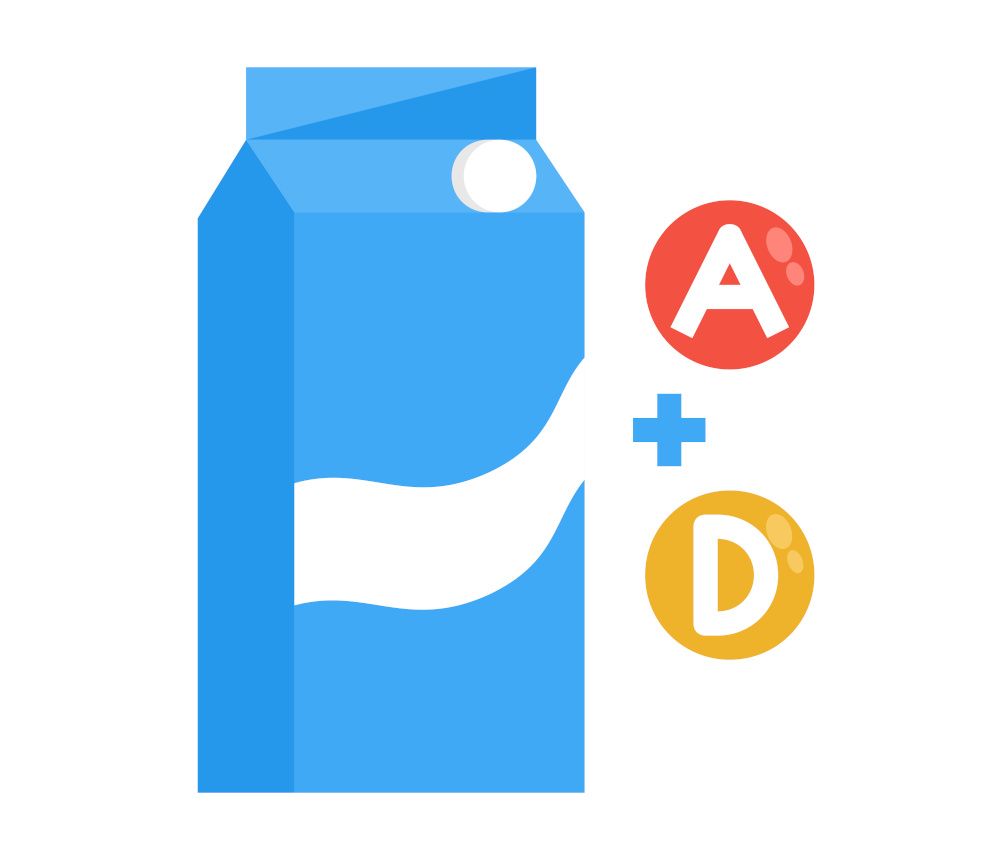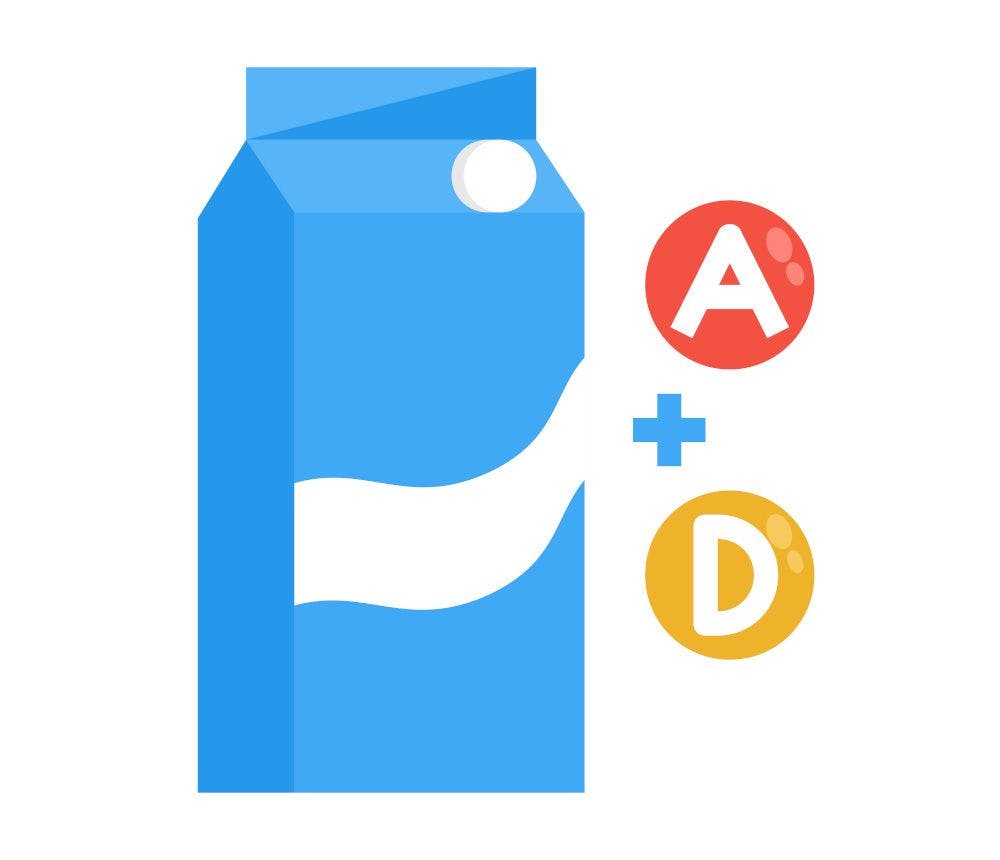Fortified-food demand—and supply—are skyrocketing in Asia Pacific
Here’s why this area of the world is one to watch for those who make and sell fortified-foods and premixes.
“Food fortification” means adding nutrients such as proteins, minerals, and vitamins to enhance the nutritional value of food and beverage products. Prominent groups such as the United Nations’ Food and Agricultural Organization and the World Health Organization view food fortification as a key strategy to fight global malnutrition. By and large, the food-fortification market is also flourishing due to extensive support from government organizations.
Many developing and underdeveloped nations are taking a step ahead and mandating food fortification. This has led to a surge in the growth of the fortified-foods market in various regions.
North America dominates the food-fortification market due to its consumers’ elevated demand for value-added products. But the Asia-Pacific region has registered the highest growth rate in fortified food due to rising health concerns and frequent health crises.
The APAC Market
The APAC food-fortification market is projected to grow enormously at a CAGR of more than 18% from 2022 to 2027. Countries like India, Australia, and Vietnam now mandate fortification of commonly and widely consumed food staples like wheat, rice, edible oil, and milk with vitamins and some minerals like iron and iodine.
Within APAC, consumption of fortified food is high in countries like China, Japan, and India, which together account for approximately 60% of the APAC’s market share of fortified food.
The food-fortification industry has also become a major player for premixes of ingredients like vitamins, minerals, protein, and amino acids. However, the market does face restraints in terms of high raw material and processing costs.
Emerging economies such as China and India are likely to witness soaring demand for vitamin-rich foods. These countries are further expanding their fortified-food production capabilities with enhanced raw material supply such as for premixes.
Apart from these leaders, countries like Vietnam and Australia are also major players in fortified foods, both in terms of high consumption and local production.
APAC Market Leaders: An Overview
China
China is the food-fortification leader in APAC, holding nearly 25% of the market share. The country is the fastest-growing market, with thriving demand for functional food and beverages. A majority of the population is dealing with iron and zinc deficiency, which has resulted in increased cases of anemia and neural tube defect. This has, in turn, accelerated the demand for fortified food staples such as wheat and rice with added iron, zinc, and folic acid.
China is also emerging as a production hub for fortified food, able to meet nearly 80% of the local demand, including for fortified infant food. Research and development opportunities are also accelerating the production of fortified food in China. The Chinese production market is gaining a competitive edge because of its raw material supply chain, especially for vitamins, which are preferred extensively in most food commodities. In addition to supplying premixes in the local market, China is the major exporter of vitamins to most Asian countries such as Japan, Malaysia, and Thailand.
The Chinese food-fortification industry and related industries such as for premixes/fortifying agents are well supported by Chinese government initiatives like “Healthy China 2030” or the 2020 United States and China trade agreement allowing the import of fortified milk produced in the United States to China.
From a regulatory perspective, China also maintains stringent standards concerning fortified food, which have to be met by local manufacturers as well as importers.
India
Currently, India accounts for 20% of the fortified-food market in APAC as it witnesses surging growth in its population, expanding the food industry with innovative food formats and regulatory support. In India, fortification was previously limited to just salt fortified with iodine, but with growing malnutrition concerns, the government has extended its mandate to other food commodities such as edible oil, milk, and wheat rice. These food staples must be fortified with nutrients such as vitamins A and D, folic acid, iron, iodine, and vitamin B12. This initiative has remarkably boosted the fortified-food market as well as the vitamin and mineral premix market in India.
India retains prominent market share for fortifying agents/premixes. Vitamin premixes with vitamin C are most popular, accounting for more than 50% of overall vitamin consumption in the country. However, vitamin B12, vitamin D, and vitamin B9 are also expected to witness significant growth opportunities. This is because of increased usage as fortifying agents for edible oil, milk, and infant formula, after the introduction of food-fortification requirements by the government to cope with malnutrition among children under five years of age.
India is self-dependent in meeting premix requirements for fortification. Moreover, it has been identified as an exporter of vitamins to Bangladesh, New Zealand, some European countries, and the United States.
In terms of regulations, India has a mandatory fortification requirement for some food commodities. Apart from this, India has a separate logo for the fortified-food category—"+F”—which was launched in 2018. This logo has further given a separate identity to the fortified-food businesses across the country.
Japan
Food fortification in Japan is usually carried out for food products that are made of wheat, maize, and rice, with nutrients such as folic acid, iron, and vitamin A. The Japanese market holds nearly 15% of the APAC market, and growth is anticipated with the increasing popularity of “health foods” in the country.
Japan is meeting 60% of its requirement for fortified food with local production while exporting fortified food to other APAC countries like China. On the flip side, the country’s requirement for the fortifying agents is met by importing items from China. The major demand for these fortifying agents such as vitamins B3, E, and C comes from the dairy and infant formula segment, both major growth prospects for Japan.
In terms of regulations, Japan holds stringent quality regulations for the nutritional value of fortified food and its labeling claims. While fortified foods are highly consumed in the country, local awareness of food fortification is limited due to unclear segmentation of product lines, as they are simply categorized as health foods. This somewhat hinders the market growth in Japan.
Rest of APAC
Vietnam and Australia also witnessed optimum demand and growth of fortified food due to the sustainable economic growth, expanding food sectors, and increased exports. In Australia, market growth is mainly propelled by the production of nutrition-based functional foods and maximized exports to countries like China, especially for fortified dairy products.
Besides all this, a major support pillar for the growth of fortified food in these countries is the mandatory fortification requirements defined for specific food categories. For instance, per Australian regulatory requirements, millers should fortify wheat flours for bread-making with folic acid. These countries are also witnessing huge growth opportunities for fortified food.
Conclusion
The APAC market is expected to be self-dependent in meeting its fortified-food requirements, thanks to the fact that it is a large production hub for fortified food. Extensive government support, with increasing localization and a strong raw material supply chain, together are strengthening the APAC position in the food-fortification segment. Further, robust growth can be ensured by increasing consumer awareness about food fortification and its benefits, extensively increasing the fortification coverage to other commodities, and increasing product visibility in the retail stores.
About the author:
Himani Mainali (himani.mainali@chembizr.com) is an associate consultant, food and nutrition, for ChemBizR. ChemBizR is a boutique business research and consulting partner of chemical companies globally, involved in addressing companies’ critical business challenges and strategic growth initiatives to help them transform their enterprise for sustainable growth in a highly competitive and rapidly evolving environment. For more information, e-mail connect@chembizr.com.

Prinova acquires Aplinova to further increase its footprint in Latin America
April 7th 2025Prinova has recently announced the acquisition of Brazilian ingredients distributor Aplinova, which is a provider of specialty ingredients for a range of market segments that include food, beverage, supplements, and personal care.
























